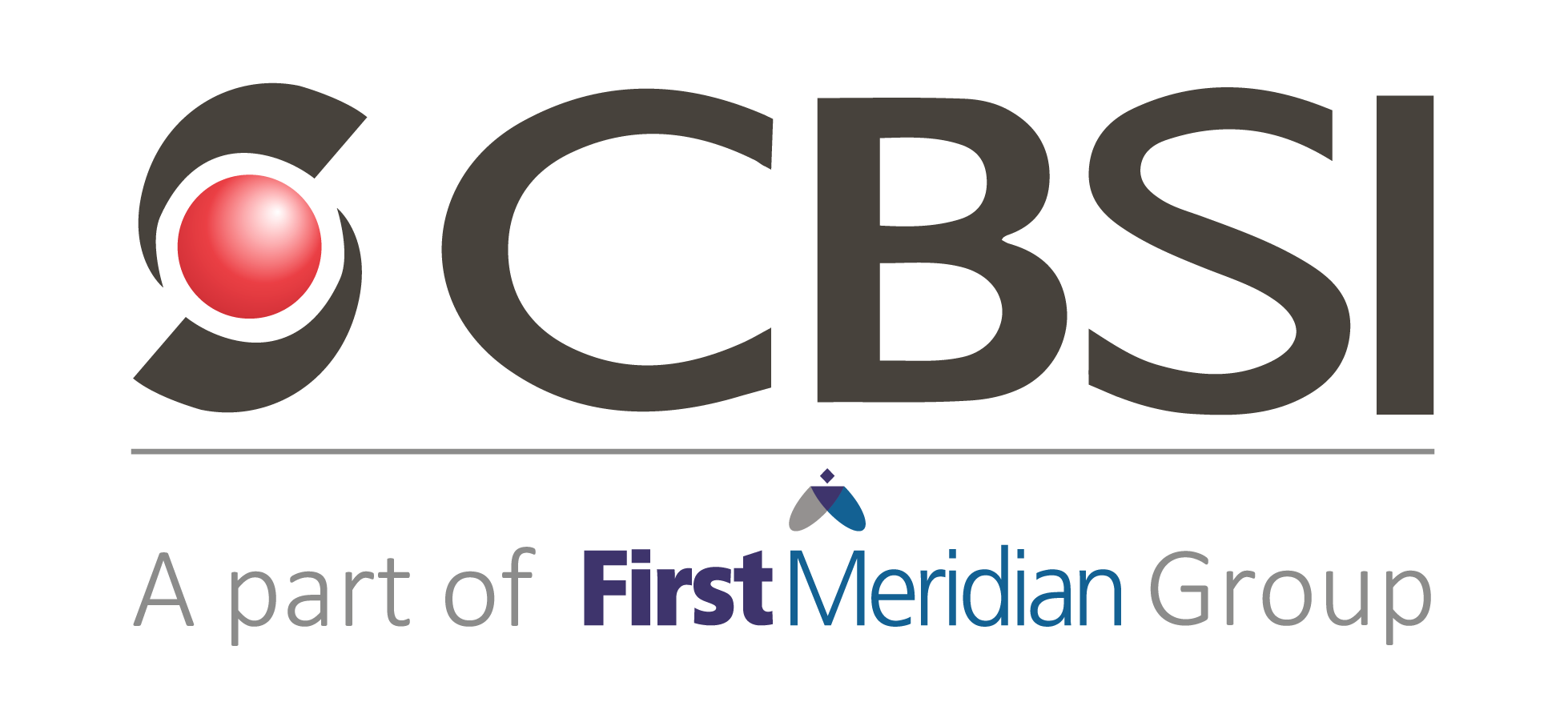
Workflow is the definition, execution and automation of business processes, in accordance with a set of procedural rules. A dynamic workflow is a workflow which adapts to the need of the situation. Dynamic workflows are an advanced version of a regular workflow that changes or reduces some of the procedures required.
How does a dynamic workflow help in hiring?
Building a scalable and profitable organization requires a reliable, competent team. People are the foundation of a company, and therefore, investing in a better foundation will almost certainly result in better long-term results.
As the saying goes, ‘If you’re not hiring, you’re not growing.’ Even worse for your company is if you’re hiring wrong. On that note, it is critical to your organization’s success that you build a hiring workflow that is dynamic and can therefore help you find the best candidates available.
Let’s take a look at some of the key aspects to keep in mind when building your hiring process:
Job Requirements
Before you get into the advertising and scouting procedures, identify what the role you’re trying to fill is. Create a detailed document that highlights what the new recruit will do, what you expect from them and how you can measure their performance.
Creating and adhering to well-defined roles is the mark of professionalism, and a distinguishing factor in successful organizations. Especially in the context of hybrid setups, which most companies are shifting towards, having clear-cut duties and responsibilities for each employee goes a long way.
Once you are clear with the new role, you can go about creating a Job Description. Be sure to provide key details that applicants will look for, such as:
- What will their day-to-day schedule look like?
- Who will they work with and report to?
- What skills and experience are you looking for?

Advertising
Choose quality forums to advertise the vacancy. For hybrid workplaces, marketing on a number of reputed job markets is crucial. While diversity of options is a good thing, don’t waste valuable resources posting on every available forum. Choose a good number of reliable spaces and stick to those.
Be sure to create an attractive job ad. While the market may be large, you want to attract the best possible talent, and this will require you to sell your organization and its value to them. When you can convince potential recruits why working for your company will benefit their growth and career, you are guaranteed the cream of the crop.
Screening
The number of applications you receive will likely be high, therefore an adequate screening process must be devised. The requirements can be as per the organization’s policy and hiring strategy, or simply minimum requirements in terms of experience, education, etc.
You could also put in checks such as a cover letter required for each candidate, or even a short introduction video, in today’s age. This can help to assess a recruit’s confidence, dedication and language proficiency. Simple methods such as resume screening and an efficient sorting of candidates can also streamline the process. 
Interview
Call in the top candidates from the screening process for an in-depth interview. We would recommend a comprehensive set of questions, even if the interview takes an hour or two.
Be careful to ensure that all candidates are given the same set of questions to accurately assess them and have a reference for comparison. Candidates might be nervous for this interview, so try and make them feel more comfortable. Create an atmosphere akin to a conversation, as opposed to an interrogation. This will provide the most accurate information.
During the interview, candidates will display certain tendencies that provide some insight into their character and personality. For example, punctuality, preparation, presentation etc, speak volumes about a candidate’s priorities. 
Trial and Onboarding
Assign the new employee to a trial project, or a trial phase, based on which you can decide whether or not to hire them in a full-time role. A small test project will not only provide you clarity on your decision, but it will also give the candidate an opportunity to showcase their skills.
You can also provide an in-depth on-boarding period for the new recruit, to get them familiarized with your organizations and be completely job-ready by the end of it.
Finally, don’t rush into a decision. Take as much time as required to assess all candidates equally and come to an informed decision. After all, a bad hire is worse than no hire, and extending your recruitment process a little longer to get the best possible fit for your organization will always pay dividends.
Conclusion
In conclusion, the hiring process is a crucial aspect to an organization’s success. Hence, building a suitable dynamic workflow to help smoothen out this process can be very beneficial. A structured yet flexible procedure will ensure you get the best value for your company’s future!






















